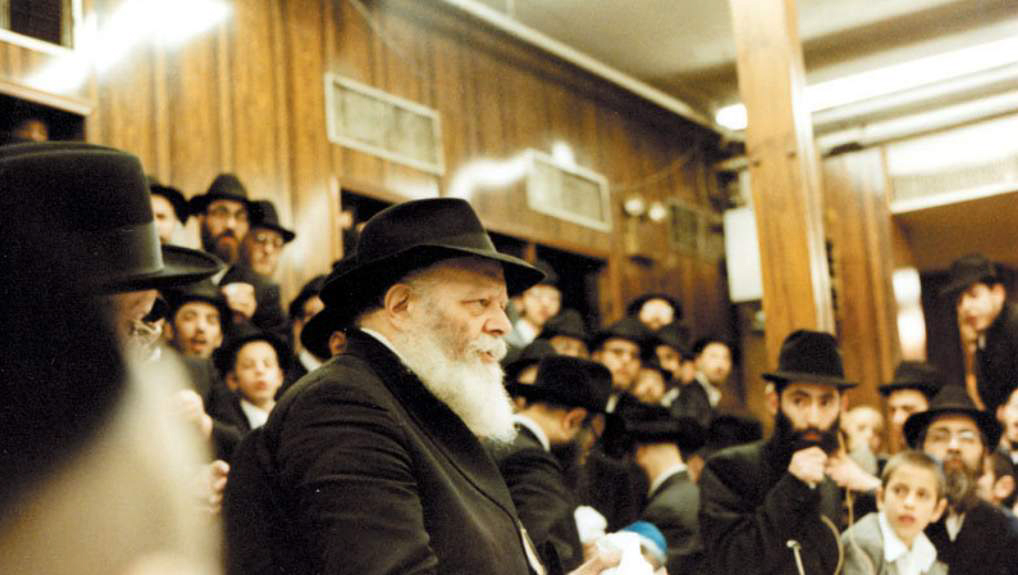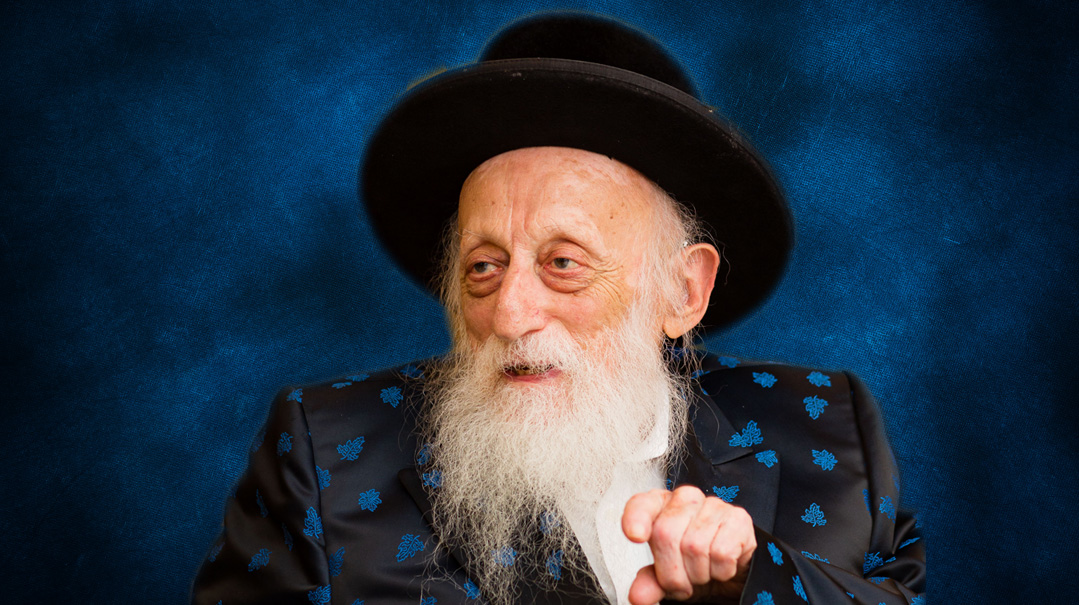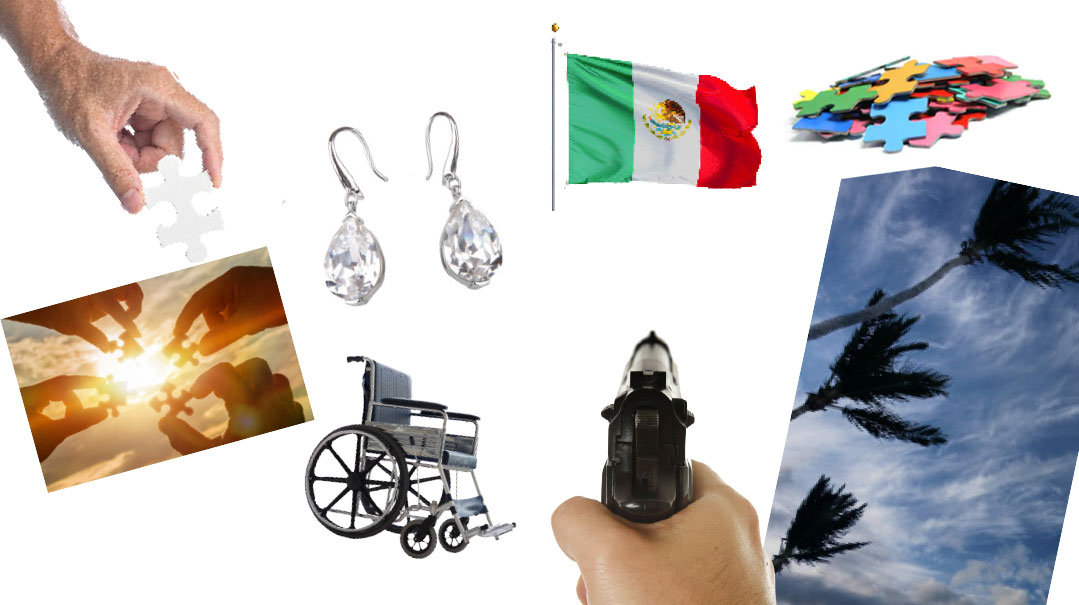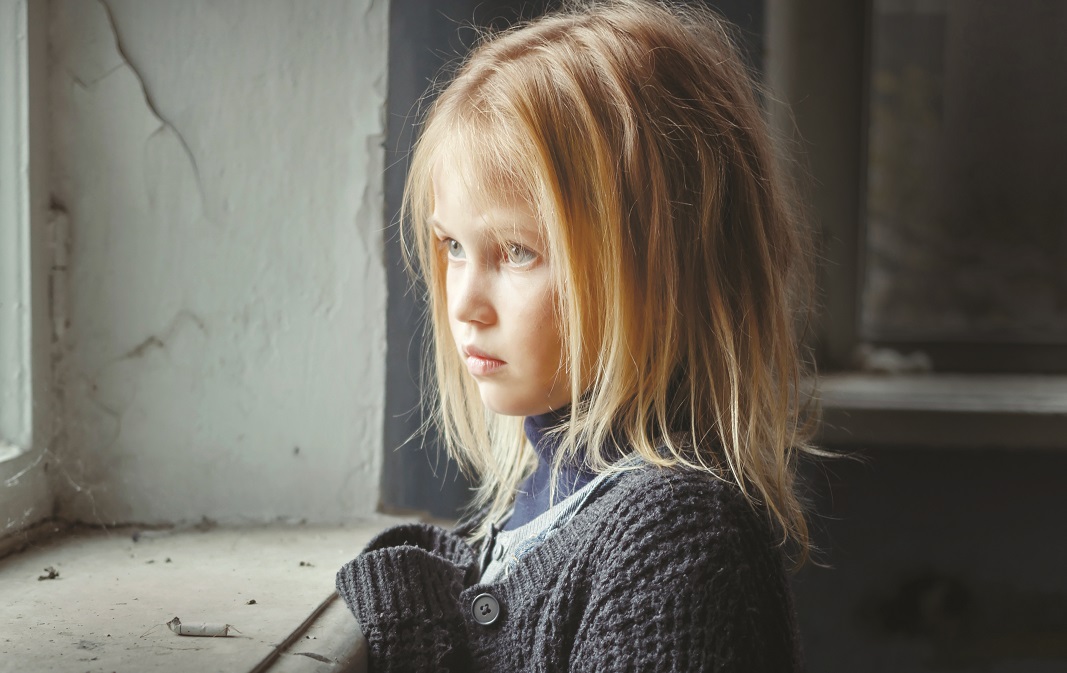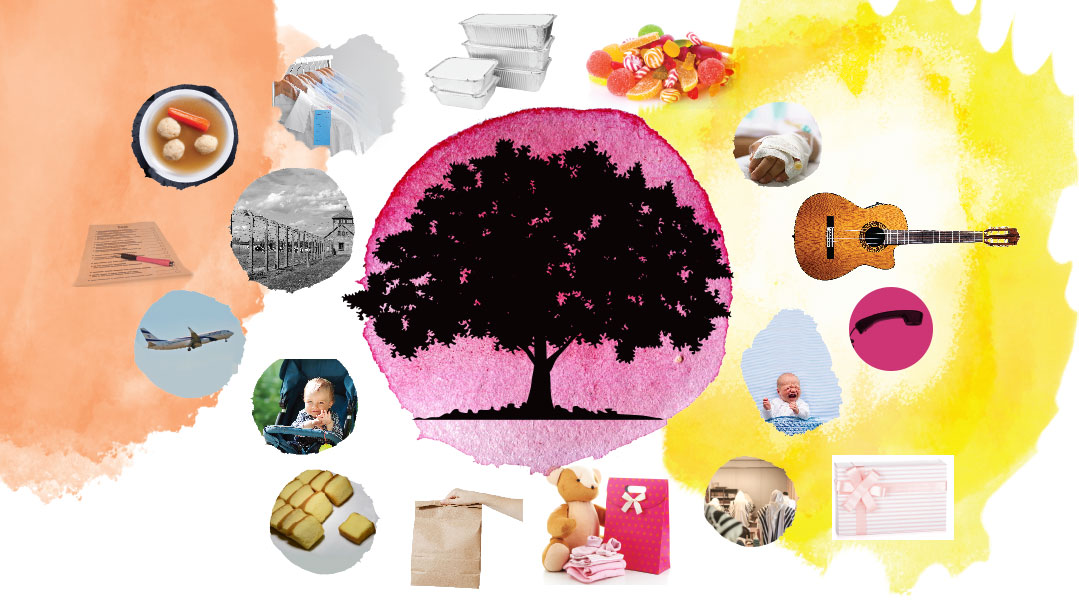Sheltered

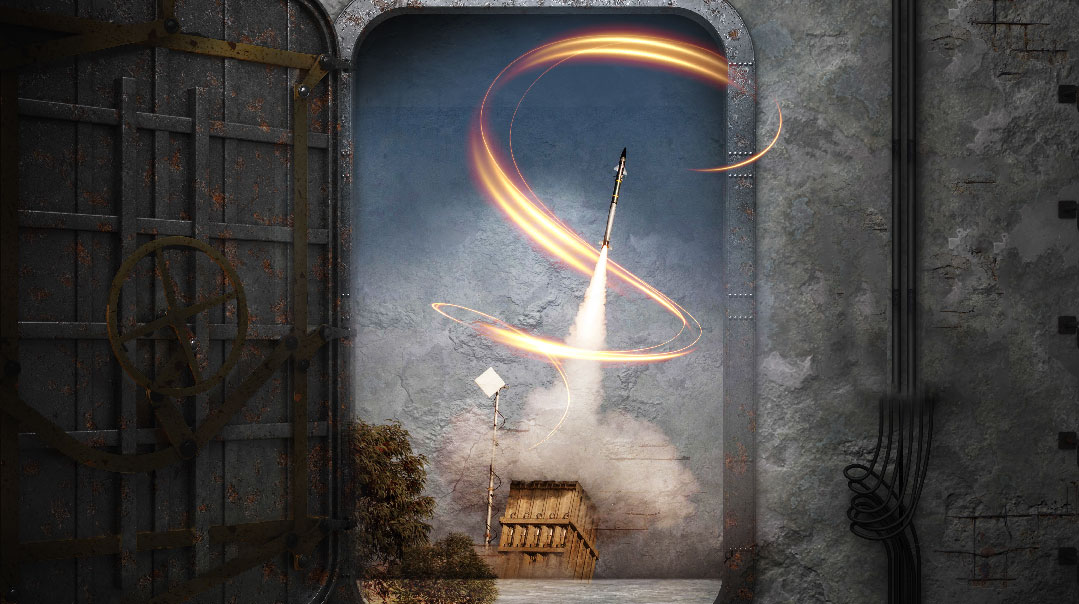
G
rowing up in Baltimore, we had Washington, D.C., in our backyard. We spent Chol Hamoed trips there, school trips there, and any-other-opportunity trips there.
The result was that, despite its glamorous status as the nation’s capital, Washington became a big bore. Been there, done that.
But my attitude changed when I entered the Museum of American History on date number seven with the man who was soon to become my chassan.
Although I’d seen these displays countless times, they came alive as we wandered the halls and discussed them together. We paused and settled on some benches in front of a display of a nuclear fallout shelter. This shelter was originally built in 1955 by the Anderson family in their yard in Indiana.
In the 1950s, at the height of the Cold War, Russia and the United States were locked in a deadly arms race, the dubious winner whoever would first gain the ability to destroy the world.
At that time, nuclear warfare was no novelty. America had made history with the atomic bombing of Hiroshima and Nagasaki by forcing the Japanese to surrender in World War II.
Despite the horrific reports of the nuclear destruction, most Americans felt vindicated that the bombing had been necessary for world peace. Furthermore, it represented a status symbol of our position as world power, proclaiming our indestructability to all our enemies.
That false sense of security dissipated in 1949, when the Soviet Union conducted its first nuclear test. By 1959, Soviet premier Khrushchev was openly boasting in the United Nations about his own nuclear arsenal. In a horrible twist, our weapons of mass destruction were aimed at our homeland.
Suddenly, public fallout shelters began cropping up around urban America. The Civil Defense urged people to build their own private shelters, such as that of the Anderson family. Nuclear attack drills became common in schools. Families would conduct their own drills, some even hiding out in their shelters for days at a time.
When visiting the Smithsonian as a child, I’d always been morbidly fascinated by this life-sized display. Behind the thick plated glass was a huge steel shaft with barely enough space for a small bunk bed, a mini table, and storage places for canned food and water. There was an air filter and a periscope to use, I suppose, to peek up and see if the carnage above ground had subsided.
My imagination would run wild, wondering what it would be like to be cooped inside such a tiny space, hoping to wait out the doomsday destruction of the world.
As a teen, I speculated on the myriad inconsistencies within these shelters. With all we now know about nuclear fallout, how could any family hope to remain inside such a flimsy man-made protection when the chemical components of the bombing would linger for decades? And how deep would a shelter have to be dug to be safe from the insidious rays of nuclear warfare?
As my date and I paused in front of the familiar display, I shared my thoughts. This morphed into one of those great date discussions about hishtadlus versus bitachon, and how we’d react in the face of nuclear threat.
Several hours later, the discussion still fresh in our minds, we became unofficially engaged in front of the Washington Monument. That was the last time I made fun of that boring edifice.
Fast-forward almost 20 years and I was comfortably married, the mother of several kids, living in Israel. We hadn’t visited Washington since that memorable date years ago.
I was sitting on my couch on a summer Friday night when the peaceful silence outside was broken by the strident screech of an air-raid siren. Grabbing my baby, I ran to my mamad — the reinforced room that’s been built into every Israeli apartment since the era of Saddam Hussein and his Scuds.
As I cringed beneath the fortified ceiling and sealed window, I didn’t feel protected. Most of my family was in shul, my girls were at their Shabbos groups, and here I was alone in my shelter with… with my baby and myself. No provisions, no neat bottles of water, no cans of food, no periscope. The only sounds were the steady rise and fall of the siren and my ragged breathing. The pounding of my heart echoed in my ears.
I looked around the room and saw the neatly made bed, the closet of toys, the extra blankets I kept in our mamad, which doubled as a guest room. It didn’t look anything like a shelter that could protect me from a direct hit.
It didn’t look anything like a shelter, because I had never planned on it serving as one. I had never planned on ending up in this room, cowering under its flimsy steel beams, realizing how precarious safety is when the skies can fill with instruments of death. Such rooms were the stuff of philosophical discussions on dates, not the stuff of real life, where survival could hinge upon sealing a door.
The all-clear siren came a few minutes later, but they were some of the longest moments of my life.
I left the room and my other children came home. We subsequently heard that a missile had fallen in an open field not far from our town. And as the kids discussed equipping our mamad with bottled water and extra batteries, I sought my husband’s eyes. I needed to see that nothing had changed.
I longed for a flippant conversation about hishtadlus (were batteries absolutely necessary?). But what I really longed for was the flip side of that long-ago conversation — the futility of hishtadlus in the face of bitachon.
How safe are we really at any given moment? And how deeply do we want to bury our heads, deep in our own backyards, with only a steel shaft to provide a flimsy protection against a barrage of danger?
By the end of that summer, a cease-fire had been declared. The kids schlepped the extra bottles of water back to the kitchen and I aired out the guest bedroom, hoping to fill it with company, not cans.
But my feelings under fire still stay with me. There’s no bunker or room that can safely protect us if we don’t take shelter in faith.
(Originally featured in Family First, Issue 673)
Oops! We could not locate your form.

